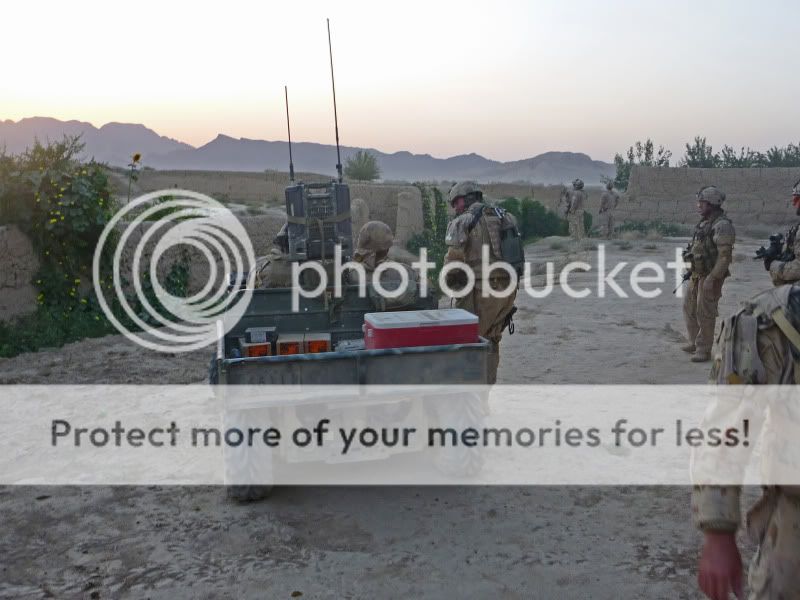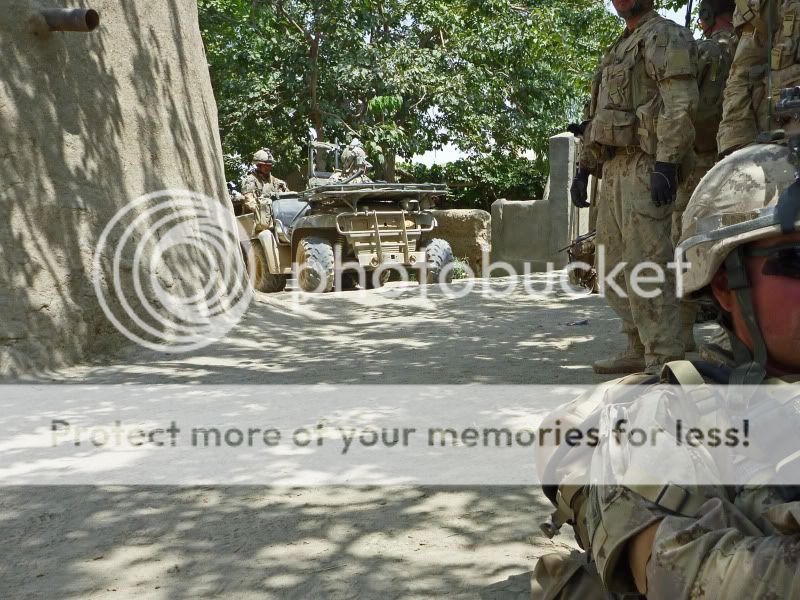- Reaction score
- 0
- Points
- 410
MCG,
The problem that needs solving is that dismounted soldiers are carrying far more weight than the NATO-accepted maximum standard of 30% of their body weight.
And no matter how many people want to quote the books and say that we are all Mech Bns now, the ground truth is that every year thousands of soldiers are carrying this load on their feet overseas.
In order to remedy this, what I propose is a capability that can basically trail behind them, go almost everywhere they can (or at least to a forward staging point/ORV), and carry a lot of that weight for them. That weight could include water, ammo, and support weapons likely only to be used on the obj.
They tried this with donkeys and it was a failure because unlike an ATV you can't just park it and take the keys with you for the other 23 hours per day.
Anything past that seems to detract from a vehicles capability to do the basic. It doesn't need to fight on the objective, it doesn't need to go 100 km/h and jump sand dunes, and it doesn't need to pull broken down vehicles.
*Added* Understood in our current theatre that regulations have been put in place for light vehicles like these to not be used outside the wire, but I am proposing an overall solution not just an Afghan one.
The problem that needs solving is that dismounted soldiers are carrying far more weight than the NATO-accepted maximum standard of 30% of their body weight.
And no matter how many people want to quote the books and say that we are all Mech Bns now, the ground truth is that every year thousands of soldiers are carrying this load on their feet overseas.
In order to remedy this, what I propose is a capability that can basically trail behind them, go almost everywhere they can (or at least to a forward staging point/ORV), and carry a lot of that weight for them. That weight could include water, ammo, and support weapons likely only to be used on the obj.
They tried this with donkeys and it was a failure because unlike an ATV you can't just park it and take the keys with you for the other 23 hours per day.
Anything past that seems to detract from a vehicles capability to do the basic. It doesn't need to fight on the objective, it doesn't need to go 100 km/h and jump sand dunes, and it doesn't need to pull broken down vehicles.
*Added* Understood in our current theatre that regulations have been put in place for light vehicles like these to not be used outside the wire, but I am proposing an overall solution not just an Afghan one.




